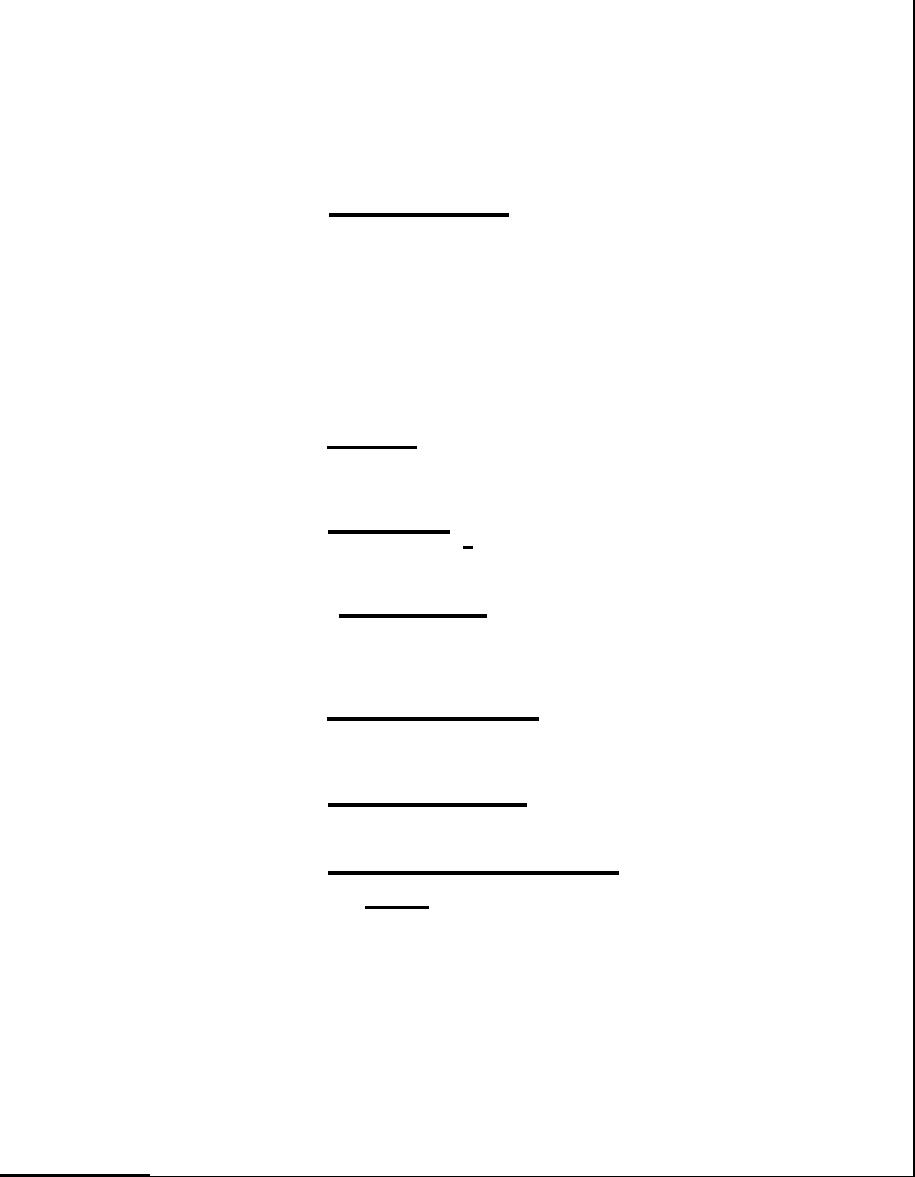 |
|||
|
|
|||
| ||||||||||
|
|  MIL-R-50749(MU)
8 August 1973
3.3.1.16 Optical scan angles.
The optical scan angles shall
be as follows:
a.
Elevation: Plus 20 degrees minimum in elevation
and minus 10 degrees minimum in depression from
a horizontal reference line. Horizontal reference
shall be established by inadication of the zero setting,
plus or minus one degree, on the elevation control
knob scale.
b.
Azimuth; 20 degrees minimum total excursion plus
and minus 10 degrees from a vertical reference line.
3.3.1.17 Image tilt. The image of a vertical Line shall be
vertical within 2 degrees throughout the elevation excursion range speci-
fied in 3.3. l. 16a.
3.3.1.18 Image wander. The target image observed at the.
eyepiece shall not shift by more than + 2 degrees throughout the elevation
excursion range specified in 3.3.1. 16a.
. 3.3.1.19 Reticle illumination With the reticle lamp energized,
the reticle pattern shall be clearly defined in a darkened area. Rotation
of the reticle light control knob from one extreme to the other shall in-
crease or decrease the intensity of the reticle illumination.
3.3.1.20 Battery drain indicator. When the input voltage "
drops below +18 volts, the battery drain lamp shall illuminate, indicating
system is functioning on secondary power.
3.3.1.21 Battery low indicator. When the internal battery
is in the discharged state, the battery low lamp shall illuminate.
3.3.1.22 Drive train torque and backlash.
3.3.1.22.1 Azimuth. The aximuth drive train starting
torque shall not exceed 50 ounce-inch (oz-in), when alternately applying
torque in the positive and negative directions to the azimuth positioning
knob of the receiver-transmitter control, and when monitoring for move-
ment of the scan prism. Backlash (i.e., the sum of the positive and nega-
tive rotation) during the starting torque excluding detent position, shall not
exceed 40 degrees rotation of the azimuth positioning knob.
9
|
|
Privacy Statement - Press Release - Copyright Information. - Contact Us |